Search
Search Results
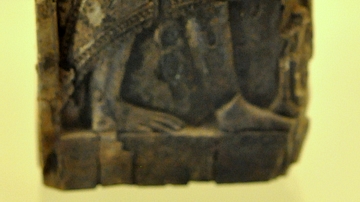
Image
Carved Ivory from Sam'al
Ivory during the early ion age at Sam'al was used to decorate precious furniture and cosmetics boxes and most of them, when found, were burnt and charcolized by fire. Egyptianized scenes were the predominant ones. 9th to 7th century BCE...
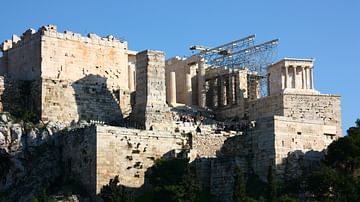
Image
Propylaea, Acropolis of Athens
The Propylaea, monumental gateway to the acropolis of Athens. Constructed between c. 437 and 431 BCE in the age of Pericles under the supervision of architect Mnesicles.
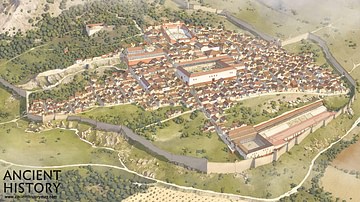
Definition
Ionia
Ionia was a territory in western Anatolia (modern-day Turkey) populated by the Ionians (Greeks who spoke the Ionian dialect) in c. 1150 BCE. It is best known as the birthplace of Greek philosophy (at Miletus) and the site of the Ionian Revolt...
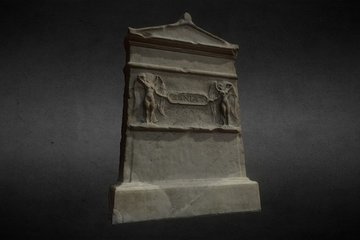
3D Image
Funerary Stele of Xenias
Funerary stele of Xenias, 3rd century BCE. Production of Western Greece, perhaps Palairos, Limestone. Musée du Cinquantenaire (Brussels, Belgium). Made with ReMake and ReCap Pro from AutoDesk. Stele with two sirens and the inscription...
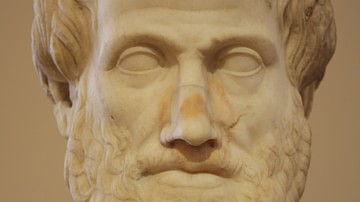
Definition
Aristotle
Aristotle of Stagira (l. 384-322 BCE) was a Greek philosopher who pioneered systematic, scientific examination in literally every area of human knowledge and was known, in his time, as "the man who knew everything" and later simply as "The...

Definition
Roman Science
The Romans assimilated earlier Greek science for their own purposes, evaluating and then accepting or rejecting that which was most useful, much as they did in other fields such as warfare, art, and theatre. This assimilation of Greek thought...

Book Review
Anaximander
Carlo Rovelli is first and foremost a scientist, an Italian theoretical physicist, who came to worldwide attention with his book, Seven Brief Lessons on Physics (2015 CE). Anaximander (first published in English in 2011 CE) is an earlier...
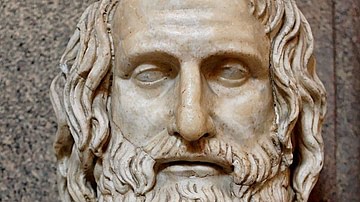
Definition
Euripides
Euripides (c. 484-407 BCE) was one of the greatest authors of Greek tragedy. In 5th century BCE Athens his classic works such as Medeia cemented his reputation for clever dialogues, fine choral lyrics and a gritty realism in both his text...
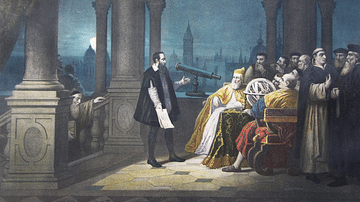
Definition
Galileo Galilei
Galileo Galilei (1564-1642) was an Italian mathematician, physicist, astronomer, and natural philosopher. He created a superior telescope with which he made new observations of the night sky, notably that the surface of the Moon has mountains...
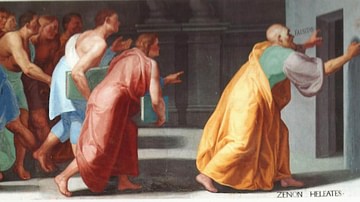
Article
The Art of Dialectic & Zeno of Elea
The creation of the art of dialectic is credited to Zeno of Elea, the philosophical champion of Parmenides’ claim that the essence of reality is One and unchanging. Zeno was Parmenides’ student and protégé and, in defending and defining his...